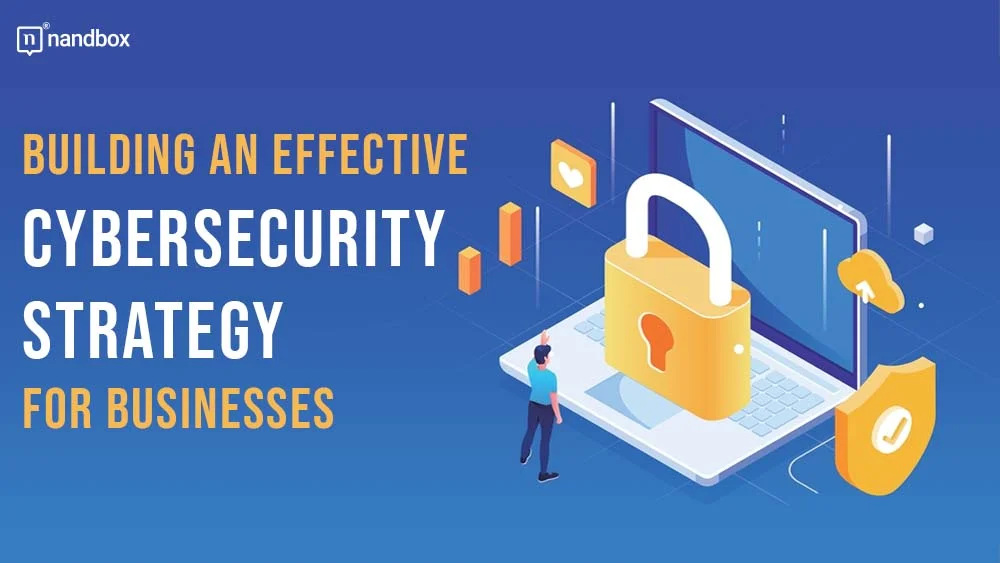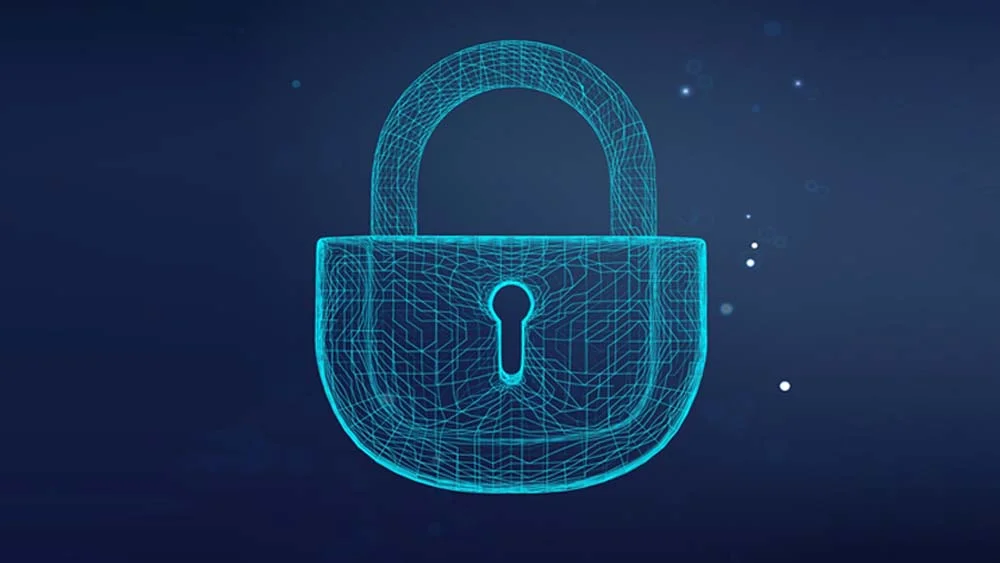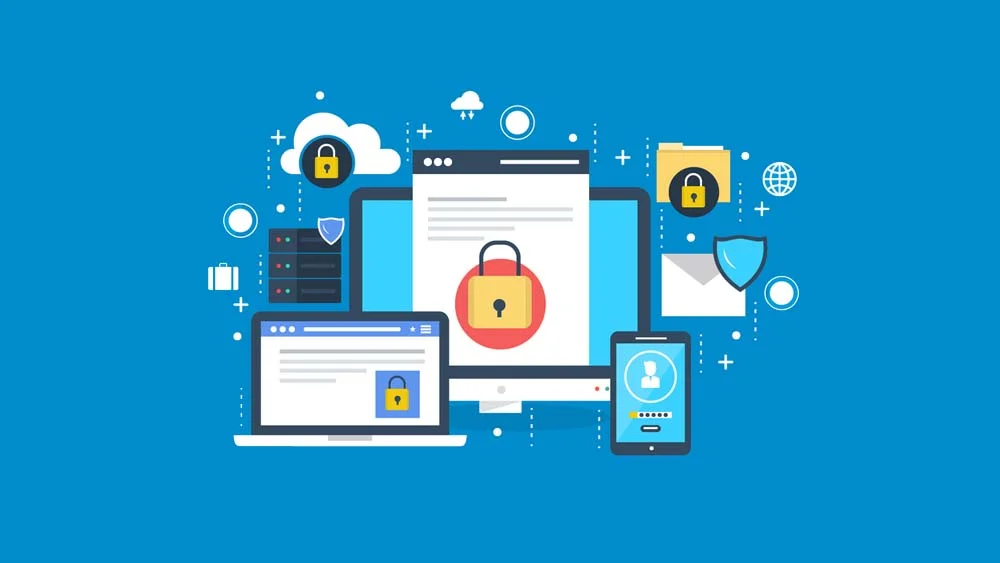Can you imagine running a business without a secure lock on the door? In today’s digital landscape, that’s exactly what operating without a robust cybersecurity strategy feels like. Cyber threats are constantly evolving, and businesses of all sizes are targets. The good news? You can take control. This guide walks you through how to build a cybersecurity strategy that safeguards your organization. We’ll explore not only the latest cutting-edge technologies but also the often-overlooked insights that can make all the difference in your defense strategy.
How To Build A Cybersecurity Strategy
Assessing Your Cybersecurity Foundation
Conducting a comprehensive risk assessment is the first critical step in understanding the cyber threats that could potentially target your business. This process involves systematically evaluating the vulnerabilities in your IT infrastructure that could be exploited by cybercriminals. The outcome is a clearer picture of where your cybersecurity defenses might be lacking and where resources should be concentrated.
Modern risk assessment tools leverage Artificial Intelligence (AI) to enhance this process. AI algorithms are capable of analyzing vast amounts of data to predict where attacks are most likely to occur. These tools can also simulate various attack scenarios to provide businesses with a realistic overview of their threat landscape. Incorporating AI into your risk assessments can lead to more precise threat detection and a proactive approach to cybersecurity.
Asset Identification and Protection
The next essential step is to identify and categorize the assets that are crucial to your business operations. This includes everything from proprietary data and intellectual property to customer information and internal communications. Understanding which assets are most valuable and at risk helps to prioritize security efforts effectively.
In this stage, the concept of ‘data sensitivity levels’ plays a vital role. By classifying data based on its sensitivity—public, internal, confidential, and restricted—you can tailor your cybersecurity strategy to provide stronger protections where they are needed most. For example, restricted data, such as financial information, requires the highest level of security measures including encryption and strict access controls. This stratified approach to asset protection not only enhances security but also ensures efficient use of resources.
Designing Your Cybersecurity Architecture
Adopting a layered security model, also known as defense-in-depth, is a cornerstone of a robust cybersecurity strategy. This approach employs multiple layers of defense to protect information technology assets, ensuring that if one layer is compromised, others will still be in place to thwart a cyberattack.
Here’s how a layered security model works:
- The physical layer includes security measures like secured access to buildings, locked server rooms, and surveillance systems to prevent unauthorized physical access to critical infrastructure.
- The technical layer involves deploying firewalls, antivirus software, and encryption protocols to protect network and data integrity.
- Finally, the administrative layer covers policies and procedures that govern user behavior, such as mandatory security training for employees, robust password policies, and regular security audits.
Choosing the Right Technologies
Selecting the appropriate technologies is critical for enhancing your cybersecurity architecture. Core technologies such as firewalls serve as a crucial initial barrier, preventing unauthorized entry into networks. At the same time, encryption plays a vital role in safeguarding the integrity and privacy of your data, whether it’s being transmitted or stored.
Additionally, Intrusion Detection Systems (IDS) continuously scan network traffic, quickly identifying any unusual activities and promptly notifying administrators of possible security threats. This layered approach to security ensures that your information remains protected on multiple fronts.
Emerging technologies also play a pivotal role in fortifying cybersecurity defenses. Blockchain technology, for instance, offers enhanced security features such as decentralized data management and tamper-resistant ledgers, making it ideal for securing transactions and reducing fraud. Quantum cryptography, on the other hand, uses the principles of quantum mechanics to secure data in a way that is virtually unbreakable by conventional computational techniques.
Incorporating these advanced technologies into your cybersecurity strategy strengthens your defenses and prepares your business to face the future of cyber threats with confidence.
Human Elements in Cybersecurity
Even the most sophisticated technology is only as effective as the people using it. That’s why employee education and awareness are critical components of any successful cybersecurity strategy.
Think of your employees as the human firewall of your organization. The more informed they are about cyber threats, the better equipped they’ll be to identify and avoid suspicious activity.
Here’s how to make security awareness training engaging and effective:
- Gamification: Turn learning into a game with points, badges, and leaderboards. Interactive quizzes and simulations can make information retention fun and competitive.
- VR Simulations: Immerse employees in realistic scenarios where they can practice identifying and responding to cyberattacks. This hands-on approach provides a memorable learning experience.
- Regular Refreshers: Cybersecurity threats are constantly evolving, so one-time training sessions aren’t enough. Implement ongoing awareness programs with regular knowledge refreshers to keep employees informed about the latest tactics used by attackers.
- Tailored Training: Not all employees face the same level of risk. Develop targeted training programs that address the specific threats and vulnerabilities relevant to different departments and roles within your organization.
Building a Policy Framework
A robust cybersecurity strategy goes beyond simply identifying threats and choosing technologies. It’s about translating those plans into actionable steps that become a seamless part of your daily operations. For instance, a good policy will specify the protocols for handling sensitive data, outline acceptable use of company technology, and detail the security measures employees must follow.
Clear and well-defined cybersecurity policies are the foundation for consistent security practices across your organization. These policies should align with your business goals and comply with any relevant industry regulations.
Here are some key considerations for policy development:
- Focus on Clarity and Usability: Don’t overwhelm your employees with overly complex documents. Keep policies concise, easy to understand, and readily accessible to all staff.
- Alignment with Business Objectives: Cybersecurity shouldn’t be an isolated concern. Ensure your policies directly support your broader business goals, demonstrating how proper security practices contribute to overall success.
- Integration into Workflows: Don’t let policies gather dust on a shelf. Integrate them into everyday workflows by including security protocols in training materials, project plans, and employee handbooks.
Incident Response Planning
It’s important to overemphasize the value of having a clear incident response plan in place. This plan acts like a roadmap for your organization, guiding actions during a security breach. With it, you can respond quickly and effectively, keeping any damage to a minimum and restoring order promptly. Here are some key components to include:
- Immediate Actions: Define a clear chain of command and roles for different departments during an incident. This ensures a swift and coordinated response to minimize damage.
- Communication Strategies: Establish a communication plan for notifying relevant stakeholders, including employees, customers, and regulators (if necessary).
- Post-Incident Analysis: After resolving an incident, conduct a thorough review to identify vulnerabilities and improve your overall security posture. This ‘lessons learned’ approach helps prevent future occurrences.
Securing Your Future Through Cybersecurity
In this article, we’ve discussed how to build a cybersecurity strategy. In today’s digital age, cybersecurity isn’t an afterthought—it’s a fundamental building block for business success. Cyber threats continue to evolve at an alarming pace, matched only by the rapid advancements in the technology designed to thwart them. This reality necessitates that businesses establish and continuously refine their cybersecurity strategies.
Building a robust cybersecurity strategy is an investment in your business’s future. By prioritizing security today, you can ensure a more secure and prosperous tomorrow. Take action now and empower your organization to thrive in the ever-changing digital landscape.







